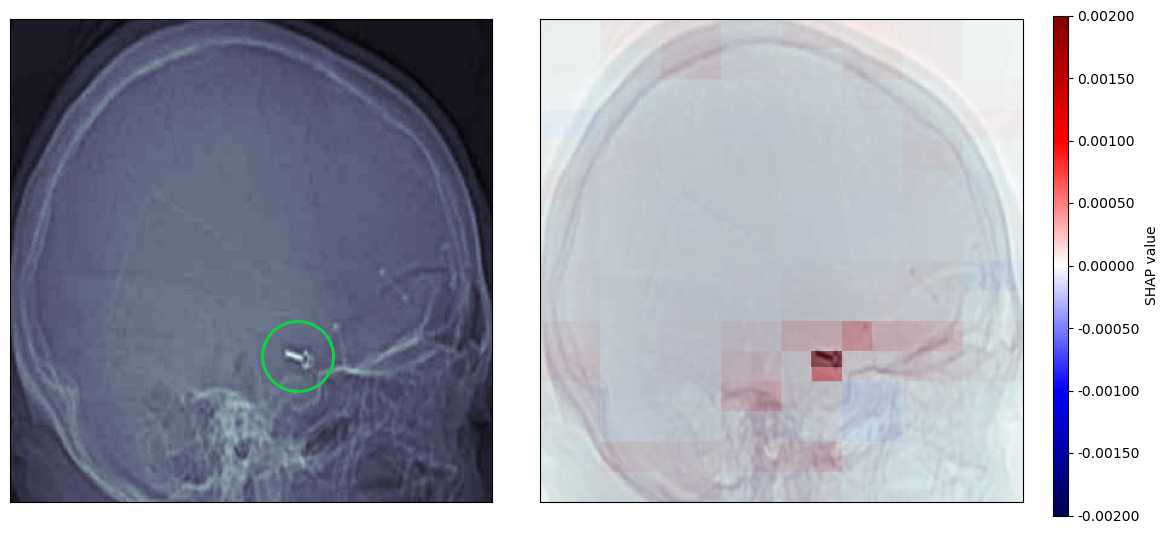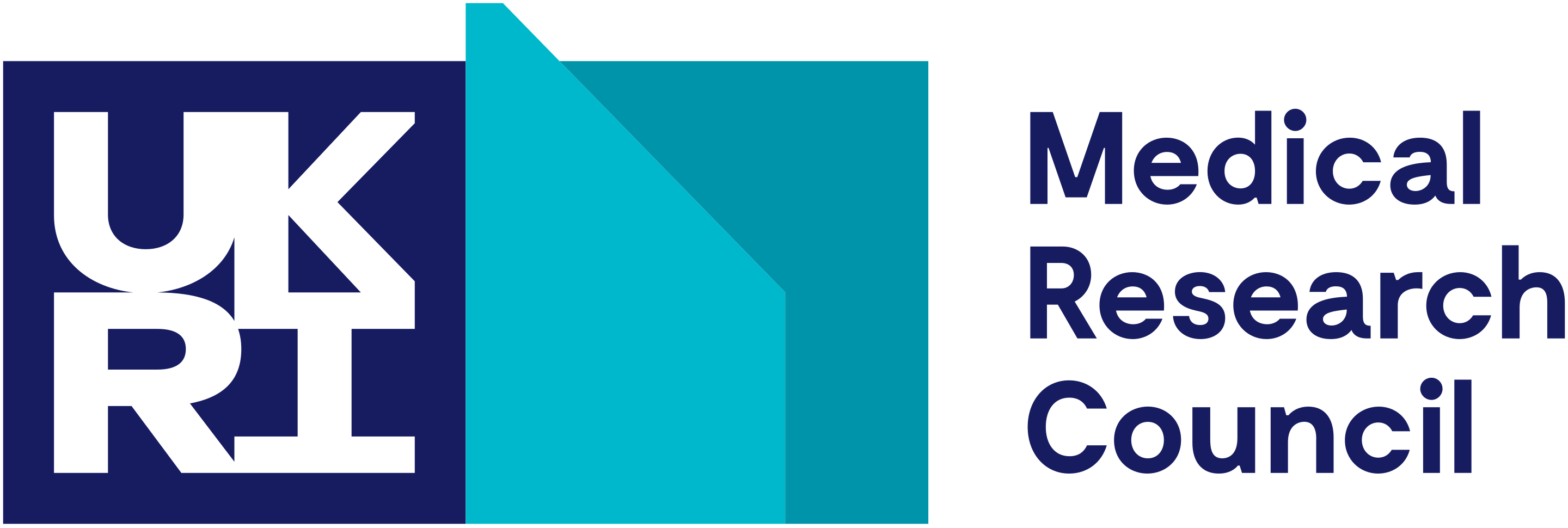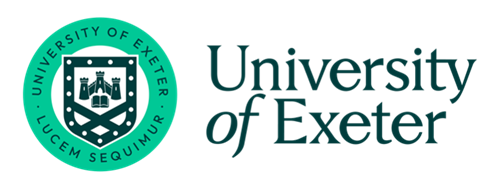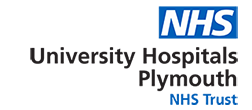Aneurysm clip detection
| Disease area(s): | MRI safety; neuroscience; subarachnoid haemorrhage |
| Data sources: | University Hospitals Plymouth; Royal Cornwall Hospitals |
| Project stage: | Results accepted for publication |
| Ethical approval: | Granted |
| Principal Investigator: | Mark Thurston |
| Lead Researcher: | Megan Courtman |
| Funder(s): | Royal Cornwall Hospitals NHS Trust |
Summary
Flagging the presence of intracranial surgical clips for aneurysms before an MRI scan is essential to allow appropriate safety checks to take place.
This project assessed the accuracy with which a machine learning model could classify the presence or absence of intracranial aneurysm clips on pre-existing imaging data.

This project analysed a total of 246 CT head studies, half of which had aneurysm clips present. An explainable AI technique called SHapley Additive exPlanations (SHAP) was used to calculate and visualise the contribution of individual pixels to the predictions. This highlighted that appropriate regions of interest were informing the output of the models.
The model could be used to screen for patients requiring additional safety input before MRI scan appointments.
The focus of many healthcare applications of computer vision techniques has been for diagnosis and guiding management. This work illustrates an application of computer vision image classification to enhance current processes and improve patient safety.
The results have been accepted for publication in the Journal for Digital Imaging.








